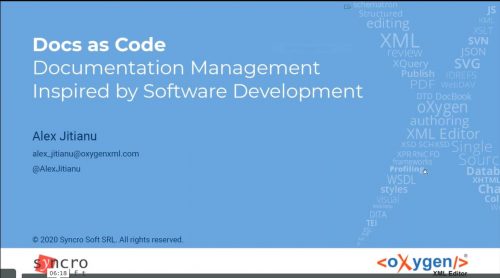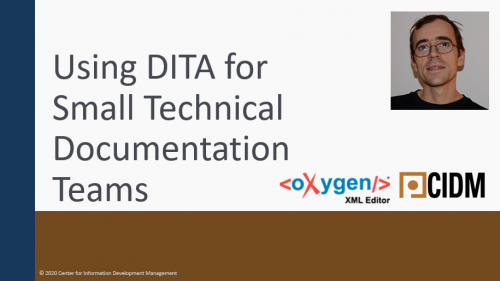-
July 21, 2021 With this webinar, we are pleased to announce the release of the first-ever e-learning course to train technical writers and subject matter experts on the use of Simplified Technical English (STE), the global standard for writing clear and concise content. Most of the world’s leading companies have accelerated their digital transformation efforts during the pandemic—efforts that are not slowing down. Content plays a key role in digitalization, as it has an important impact on the customer experience, where good quality content will help grow and create new business and service models and ensure safe product use. Because of this key role, it is important that global writing teams learn how to write content that is accurate, clear, aligned, and easy to find by their customers. Through STE companies can maximize the value of their enterprise content, whether this is for technical documentation, marketing, or support. Technical writers will be able to further improve their skills and show industry credibility through an e-learning course, which one could do at any time and from any location. During this webinar, participants will learn more about STE, the values it brings, and how this e-learning course will help you create the best possible content. Presented by: Berry Braster has been in the technical documentation field for over 18 years and has helped implement content strategies, including the use of DITA and HyperSTE controlled language software. As Technology Director, Berry is involved with connecting technical documentation to IoT, and how to leverage on technologies like Augmented and Virtual Reality.
-
September 16, 2020 Tools and techniques used in software development can also be applied for documentation management:
- Storage and issue management using GitHub
- Automated quality checks and continuous publishing using Netlify
- Editing and collaboration support
- Release strategies
-
April 1, 2020 Implementing DITA with a small team of technical writers does not have to be expensive or difficult to set up. We'll go through the steps of implementing a DITA solution using GitHub for storage and workflow and Oxygen XML Editor for editing. We'll also look into how you can automate publishing and receive feedback from your end users. As a practical example we'll look into how editing, collaboration and publishing on the Oxygen XML Blog works. Presented by: Radu Coravu started working more than 10 years ago as a software developer for Syncro Soft SRL, the manufacturer of the popular oXygen XML Editor. During the last years, his main focus has been in the development of the visual XML Author editing environment and the specific-DITA support provided by oXygen. He provides support for complex integrations and helps steer the product in the right direction, all this with some development on the side.



